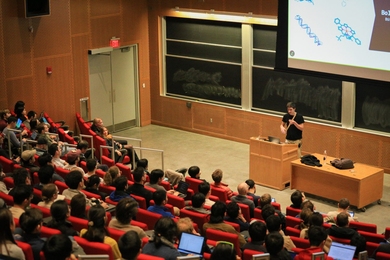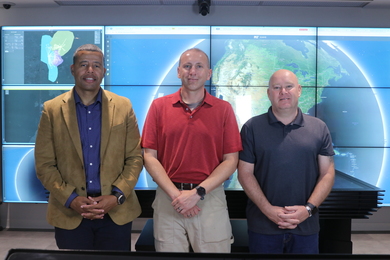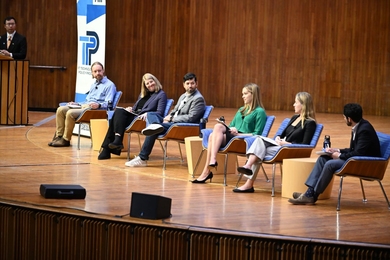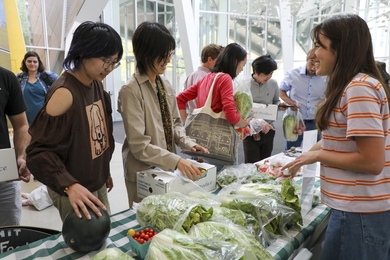The development and evolution of video art over its first three decades will be examined in the annual Max Wasserman Forum on Contemporary Art on Tuesday, Nov. 14 at 6:30 p.m. in Room 26-100.
Moderated by Christopher Eamon, curator of the Pamela and Richard Kramlich Collection, the panel of artists and theorists will consider the two poles of video art--feedback and immersion--in a discussion titled, "A Matter of Time: Feedback and Immersion in Video Installation Art."
Early in the history of video, feedback was used as an electronic mirror. More recently, thanks to improved equipment and technology, feedback has been supplanted by the more cinematic immersion style, in which artists can manipulate images and project them onto sites outside of the video screen's boundaries.
The panel will discuss these two idioms as used in contemporary video art and will consider the future of the medium.
Panelists include Stan Douglas, an artist working in film, video and slide-based installations, whose work lingers on the border between immersion and the feedback loop; Thomas Y. Levin, a cultural and media theorist, curator and professor in the German department at Princeton University; and Diana Thater, an artist known for her work on cultural representations of the natural world.
Sponsored by the List Visual Arts Center, the annual Max Wasserman Forum on Contemporary Art was established in the memory of Max Wasserman (MIT Class of 1935), a founding member of the Council of the Arts at MIT. This public forum addresses critical issues in contemporary art and culture through the participation of renowned scholars, artists and arts professionals.
For more information, call 617-253-4680.





